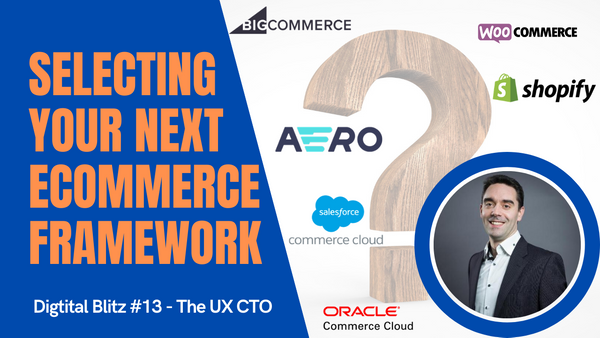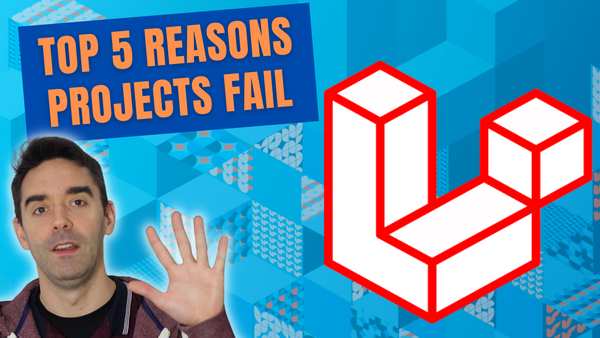Hey, Welcome to this new edition of Digital Blitz, your 2-minutes brief on everything UX, Tech and Compliance. I'm here to help you deliver better experiences for your team and your customers.
So we looked at the checkout experiences for e-commerce in the last episode, but let's explore today the various platforms that you can use to launch or upgrade your next e-commerce website.
Open source
If you want the flexibility and have a team of developers, you should definitely consider open-source projects. The likes of Drupal or WordPress, all have e-commerce plugins. But AeroCommerce is probably my favourite because it's based on a very popular PHP framework Laravel. And you have access to the source code so you can build custom modules and configure anything you want. You do need to consider budget to host it and supported though.
Enterprise
At the enterprise level, on the other hand of the scale, you'll find the beasts like Magento, Salesforce Commerce Cloud, Oracle or IBM solutions. I hear a lot about companies really struggling to innovate because it's not open, the code is not very flexible, and the development costs quickly escalate. And because of their license fees in the hundreds of thousands, we only recommend those some very specific use cases. It could be that you need to integrate with an existing ecosystem, but even then, it's not always the most cost-effective option.
SaaS
Platforms like BigCommerce and Shopify, and the rise of software as a service, really take the hassle out of hosting and ongoing support. It makes it very easy for those platforms to migrate to while still allowing some customisation. So it's the solution that we recommend for most SMEs and even enterprise clients who start or continue their eCommerce journey. Because from there, you can use their headless solutions to implement even better content and maximise your budget like we saw in the last episode about headless commerce.
How to compare?
So when comparing those platforms, don't look at the Gartner magic quadrants about completeness of vision . It's not going to help you increase your sales!
Features
What I recommend is you need to look at the feature sets first of all, and check that it has all your must have: all the platforms already allow you to manage your orders and your customers and sync them with external systems for inventory for example.
Flexibility
The second point is looking at the flexibility of implementation and the ability to customise things. For those solutions obviously the open-source option wins.
Total cost of ownership
And finally going back to kind of money, budget and investment, the total cost of ownership. And in that software as a service platform have a big advantage because everything is included in their package.
So if you're on a journey to upgrade your e-commerce solution, or need help to fix your current systems, just get in touch. Don't forget to subscribe to my YouTube channel and follow me on Twitter to keep learning with me and grow your career in digital.
Until next time, stay safe and see you soon.



